Schedule a Call Back
Intech’s metal 3D printers will serve entire spectrum of industry: Sridhar Balaram
 Interviews
Interviews- Jul 02,20

Additive manufacturing (AM) - also known as 3D printing - has captured the imagination of manufacturing companies globally. Digital transformation of manufacturing through additive manufacturing is redefining the way things are designed and manufactured and allows creation of lighter and more complex designs. The Bangalore based Intech Additive Solutions – a pioneer in AM services since 2012 - is recognised by ‘Wohler Report-2015’ as being one of the first service providers of 3D metal printing in India. Intech aims to revolutionise AM providing a complete eco-system right from concept design, material selection to printing, post processing and testing of metal parts, thereby accelerating the adoption of metal 3D printing in manufacturing. Recently, Intech appointed 3D printing veteran Pradeep Nair as Vice President - Hardware Sales (APAC & ME Asia) for the business development and sales of the company’s recently launched iFusion series of metal 3D printers.
In conversation with Rakesh Rao, Sridhar Balaram, Managing Director and Founder of Intech Additive Solutions, shares the advantages of additive manufacturing and the roadmap to make 3D printers a part of the industrial production line.
How did your journey into 3D printing began?
I am basically a foundry man. We started off from a foundry business making steel castings and specialising in making castings for excavators. Many of the leading OEMs are our customers. From there, we got into machining of components, primarily for casting in the oil and gas sector. Then, as forward integration plan, we started to make some assemblies for oil and gas again. We started making the hydro pneumatic actuators, for a company in the Netherlands.
At that juncture, I realised that we must do something more interesting and innovative. While looking out for a new area of work and I hit upon 3D printing. First, we set up a shop just to explore the possibilities of what could happen next. At that time, I had no clear idea of 3D printing as a concept. The more I got into it, the more I realised that there was a big gap in the process, software and hardware as they were too slow and not completely suited for mass production.
In the first three years, we were trying to understand the concept of 3D printing, lacunas in the technology, and areas in which we could go up the value chain. Having identified them, in 2017, we started to look into software and developed AMOptoMet - a parameter optimization software that provides right process parameters with better surface finish thereby reducing the time on Design of Experiments (DOE) and R&D for building 3D parts “Right First timeâ€Â. So that become an important software for us.
Then we started to work on 3D printer itself. We wanted to make a 3D printer, which is made locally and cost effective. Most of the 3D printers - which came from Germany, the US, etc - were really expensive, had lot of limitations and ran on propriety technology. Every time, you want to work on some new alloys or R&D work then you are left with no choice but to seek the support of the OEM (the printer manufacturer). Hence, we wanted to develop an open machine more suitable for the Indian manufacturing industry. We started to work on a large machine, which is a 4-laser machine.
After putting in three years of hard work, the machine is now ready for release by end of September 2020. But before that, we launched a smaller machine, iFusion SF1 with a single laser, dedicated to R&D laboratories, universities, institutions and academies. We launched iFusion SF1 in January 2020 at IMTEX and commercially it will be sold from August 15, 2020.
That is how Intech started to take shape. It started off as a start-up, an experiment and now we have got transformed ourselves into an OEM.
Our main focus will be to have software driven hardware concept. With digitalization being the focus of manufacturing sector, we strongly believe that software will drive hardware and will make a big impact in the manufacturing industry.
In January 2020, Intech Additive Solutions launched iFusion series of metal 3D printers. What is the significance of this launch?
SF1 is the first in the series of 3D printers that we are embarking on. It's a milestone for not only Intech, but also for the Indian additive manufacturing industry because this machine is completely designed, developed and manufactured in India by a group of intelligent youngsters who have literally no experience or maybe a maximum of three years of experience.
SF1 is a machine, which is 30 per cent faster than its rivals. We hold 12 IPs for this machine. Normally many of the 3D printer manufacturers depend on the third parties for the software. The embedded software in iFusion series has been developed in-house and, hence, the cost of developing such an equipment ise significantly lower. This is going to be a game changer for us.
Which industry that you're targeting?
SFI, which is a small machine with a single laser, is material agnostic. It can use several materials such as aluminium, titanium, Inconel, Cobalt Chrome, etc so it largely covers a spectrum of industries.
iFusion LFMulti is a large format multi laser machine with extensive features designed for the industrial use of metal additive manufacturing. Now, the next is a large format machine, with 4 lasers. This machine goes beyond prototyping and is more suited for large-scale, low-mass production.
When we reach a series production kind of situation, it doesn't matter which industry is using it. We are trying to benchmark our 3D printed parts for industries like aerospace, medical, automotive, general engineering, lifestyle, marine applications, etc and take it to these markets. In short, we are taking this machine to the entire spectrum of industry.
Is there a rise in usage of AM for end production rather than just prototypes (globally and in India)?
Currently, 3D printers are small in size and costs are exorbitant. Hence, they are more suited for prototyping, rather than low-mass production. For low-mass production, lot of things need to be done like adding more automated features, making it capable for handling powders, increasing number of lasers, etc. With these enhancements, 3D printers can be used for production, what we call as a production line concept. When you get into a line concept, you are scaling up the entire production. That is exactly what our next step is - from a single laser machine to multi-laser to a line concept.
When you get into a line concept, obviously you are looking at a large-scale production and moving away from prototyping. If we don’t bring down the cost of 3D printed parts, it will not work. Otherwise in spite of being a fantastic technology, 3D printing will stay in the cupboard. Intech is all about moving away from prototyping to low-mass production. Our focus is on lowering the cost of parts and scaling it to production level.
What are the challenges and opportunities before 3D printing sector?
Currently, scalability, cost, and high entry barriers (like availability of train manpower, cumbersome processes, etc) are big challenges in the adoption of additive manufacturing technology. Intech aims to solve these problems and accelerate the usage of 3D printing. Our efforts are focused towards bringing down the cost of the machines and make it more user-friendly for people who are shifting from a CNC or auto manufacturing background to 3D printing.
At the same time, we are helping to train manpower and simplify processes. We are trying to digitise by bringing in some intelligent software apps, loaded with AI (artificial intelligence) and ML (machine learning) capabilities, which will ensure quality of the printed parts. And ultimately, all of these will culminate into low-cost production.
Not all parts can be manufactured through 3D printing. My guess estimate is that about 20 to 30 per cent of parts can be made using additive manufacturing technology.
COVID 19 has thrown lot of challenges. There is going to be a lot of changes in the way countries think and the industries work. They will decentralise manufacturing. Instead of offshoring manufacturing, companies will close-shore it (if not on-shore it), so that the dependency on other countries are reduced and help them make products in much more convenient and reliable processes.
Need for smart factories, digitalization and Industry 4.0 will only get accelerated as we go forward. This will offer immense opportunities for us.
Besides, 3D printing is a fantastic tool for innovation - which is also very significant for India. Earlier, the cost of developing new parts was exorbitant and R&D use to be a cumbersome process. Additive printing helps in faster development of new material, products or parts, as everything can be done digitally. This accelerates the entire innovation program.
With low-mass production kicking in, maybe in the next couple of years, we probably can do some catching up with China in the manufacturing area. Though China has got a huge manufacturing set up, we can match them with AM capability if we accelerate our programs.
How is the strategic partnership with DMG Mori helping Intech in the metal forming sector?
DMG Mori Sieki, which is the leading machine tools manufacturing company in the world, is currently an investor in our company. DMG Mori has a huge sales network and service centres across the world, and this is something that Intech could leverage on. Apart from this,
we work together in certain areas (like how to enhance the technical capability of machines) and software where are assisting them to better their 3D printing services and machines.
How 3D printing assist in enhancing metalworking capability? Can it be threat to the conventional technology in machine tools industry?
I am not sure whether AM will eat into the conventional machine tools technology. I can definitely say is that 3D printing will reduce machining requirement as a whole (down to about 80-90%). Hence, many machine tool manufacturing companies (like DMG Mori, Makino, Mazak, Ace Group from India, GF Machining Solutions, etc) are getting into 3D printing as part of their forward integration plan.
At this moment, at least for the next two years, AM is suited for low-mass, high value production. Maybe in about 5 years, it will be a mainstream manufacturing system. With many developments happening, we are moving towards that. We will have some kind of proof of concept coming up in the next 2-3 years, when AM will be significantly fast and comparatively cheap; and almost equal to the conventional manufacturing systems like machining, casting, forging, etc.
What are your growth plans?
As mentioned, we believe that software should drive hardware. We are in the process of developing new software apps - which are loaded with a lot of AI and ML and deep learning - to facilitate the conventional manufacturing users to adopt 3D printing. Software will make the process faster rate, simple, and help in printing good quality products at a competitive price.
On the hardware side, we are building larger, smarter and faster machines, cost of which will be at least 30 to 40 per cent lower than the imported machines. Basically, we are trying to accelerate the low mass production concept. That is the first step.
After establishing this, which we will in 2020 and 2021, we will be moving to what we call ‘line concept machines’ where we have centralised utilities, systems, and quality monitoring system. These will be expensive machines, but the whole focus will be on RoI. This will happen in 2022 and beyond.
We are also working on another technology, the proof of concept of which will probably come out in 2022-23, where the manufacturing would be at least 20-25 times faster than the current systems. At the moment, our hands are full.
Related Stories
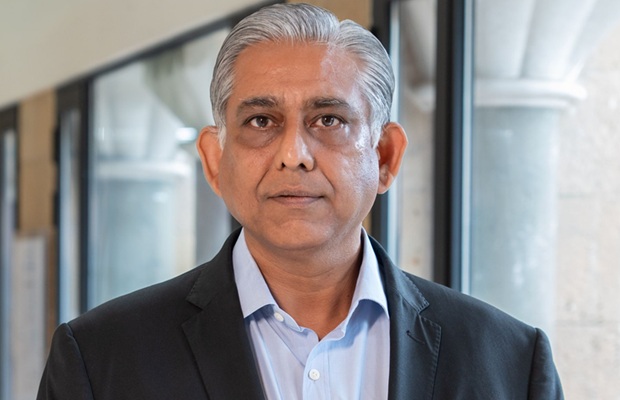
Engineering India’s Next Phase of Growth with Responsibility: Amit Sharma
Amit Sharma, MD and CEO, Tata Consulting Engineers (TCE), outlines TCE's strategy to support India’s next phase of industrial growth through integrated engineering, nuclear and digital capabilitie..
Read more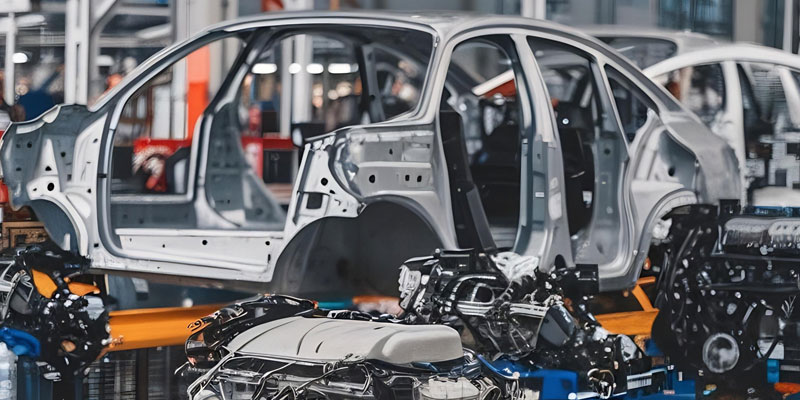
EV transition and tariff wars redefine India’s auto components play
India’s auto component industry is poised to hit $ 145 billion by FY30 from $ 80 billion in FY25. Yet high US tariff, EV transition and heavy reliance on imports from China expose vulnerabilities,..
Read more
HANNOVER MESSE to Host Industry Leaders on Future Tech 2025
At HANNOVER MESSE, global leaders from Siemens, Rheinmetall, Accenture and others will share insights on AI, automation, security and industrial transformation shaping the future of industry. update..
Read moreRelated Products
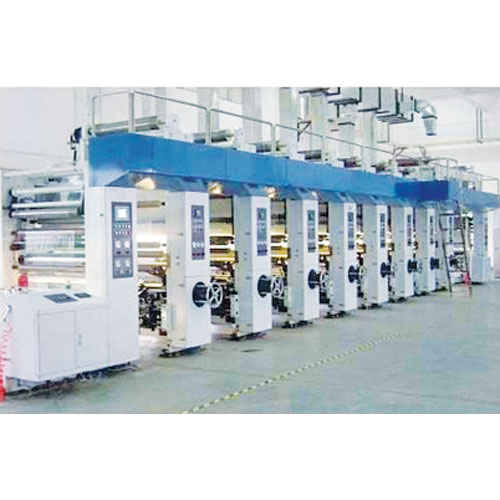
Gravure Printing Machine
Mohindra Engineering Company manufactures gravure printing machines.
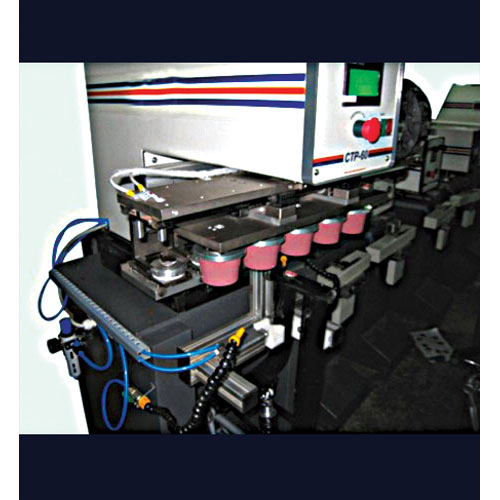
5 Colour Pad Printers
Converge Transprint Systems Pvt Ltd offers a superior quality range of 5-colour pad printers. Read more
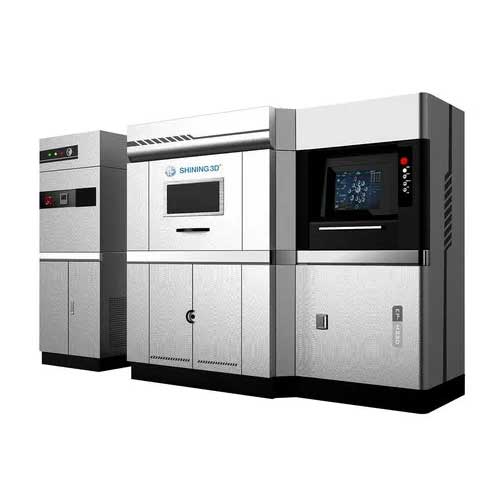
EP-M250 Slm 3D Printer
Lodestar Innovations Private Limited offers a wide range of EP-M250 SLM 3D printer.













